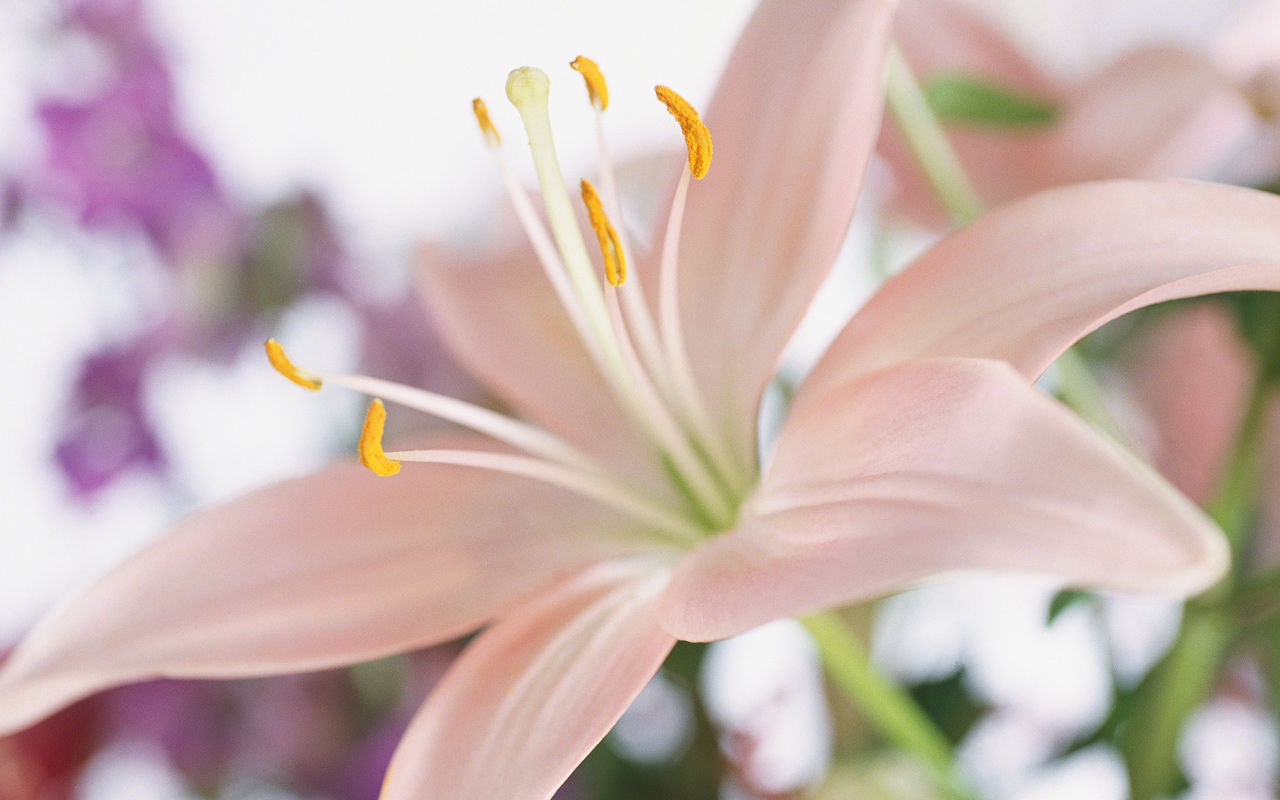
archa orchids
The new beginning...

DENDROBIUM
There are over 1500 naturally occuring Dendrobium species and many more hybrids. Many Dendrobiums from Hawaii and Southeast Asia are tropicals, yet many from the Himalayas, Australia, Japan, and higher elevations of the East Indies are perfectly suited for subtropical areas. Of all the Dendrobiums, the hardiest - the ones that the same plant can stand more extreme heat or more extreme cold - are the hardy Australian Dendrobiums.
More than a dozen species are found ranging from Tasmania in the South, through Victoria, New South Wales on to the mountains of Queensland toward the North. Some are found on rocky outcrops while others are from the rainforest as well as many other environs one may find on the east slope of the dividing range along the eastern side of Australia. While much of Australia is totally dry desert, the eastern slopes receive rainfall 6-8 times a month throughout the year. While each species has found its special spot along this 1500 mile stretch of sub-tropical environment, most have proven themselves to be easily adapted to every-day garden conditions in sub-tropical regions throughout the world.
In California, Australian Dendrobiums are among the most widely grown garden orchids and should certainly be first choice for growers who require maximum temperature tolerance. Most are known to survive temperatures as low as the high teens and highs over 100F.
Peaking in winter and early spring, these plants are renown for their great masses of pink, purple, white and yellow along with their honey-like fragrance that fills the garden or hortiaerium.
-
Temperature
This group thrives in temperatures ranging from 32 to 90 degrees , but can take several degrees more in either direction without suffering any damage. This makes them ideal for outdoor culture in areas such as subtropical/coastal and central California. People growing indoors should be able to grow these dendrobiums so long as they allow night-time winter temperatures to cool to the high 50's.
-
Light
These orchids prefer bright filtered light such as might be found under 55% percent shadecloth or a tree with foliage of light to medium density. For those with light meters, 3000 to 4000 footcandles is a good level of light. Direct sunlight is fine during the early morning or late afternoon since the angle of the sun is low at these times; if sunlight is too intense you will see scorching on the surface of the leaves. Without enough light, plants may not bloom with as much profusion or color intensity.
-
Watering
Once a week during winter and a twice a week during the summer is average for coastal areas, while the hot valleys will need more frequent watering during the heat. Adjust accordingly for cool, overcast days or hot, windy ones. A general guide is to water thoroughly the day before the plant is dry, judging by the weight of the pot or basket. Once a month, it is a good idea to leach accumulated salts from your mix by following up your normal watering with a second thorough watering a couple hours later. For those growing on mounts, increase watering to a few times a week during summer. Never leave plants sitting in water; allow them to drain completely.
-
Fertilizer
We recommend a balanced water-soluble fertilizer such as DynaGro 7-9-5 at 1 teaspoon per gallon once a week with your normal watering; for mounted orchids, use one half teaspoon.
-
Potting
If potting is necessary, use a well-draining mix such as you might use for your Cymbidiums. We use a coconut with perlite mix or a fine bark mix when we are potting new divisions, but after they are established we typically do not pot them further up. Most of the Australian Dendrobiums can be let to crowd out of a pot, and simply be set in larger empty pots. Many make very attractive and huge, round hanging specimens, engulfing their original, small pot.